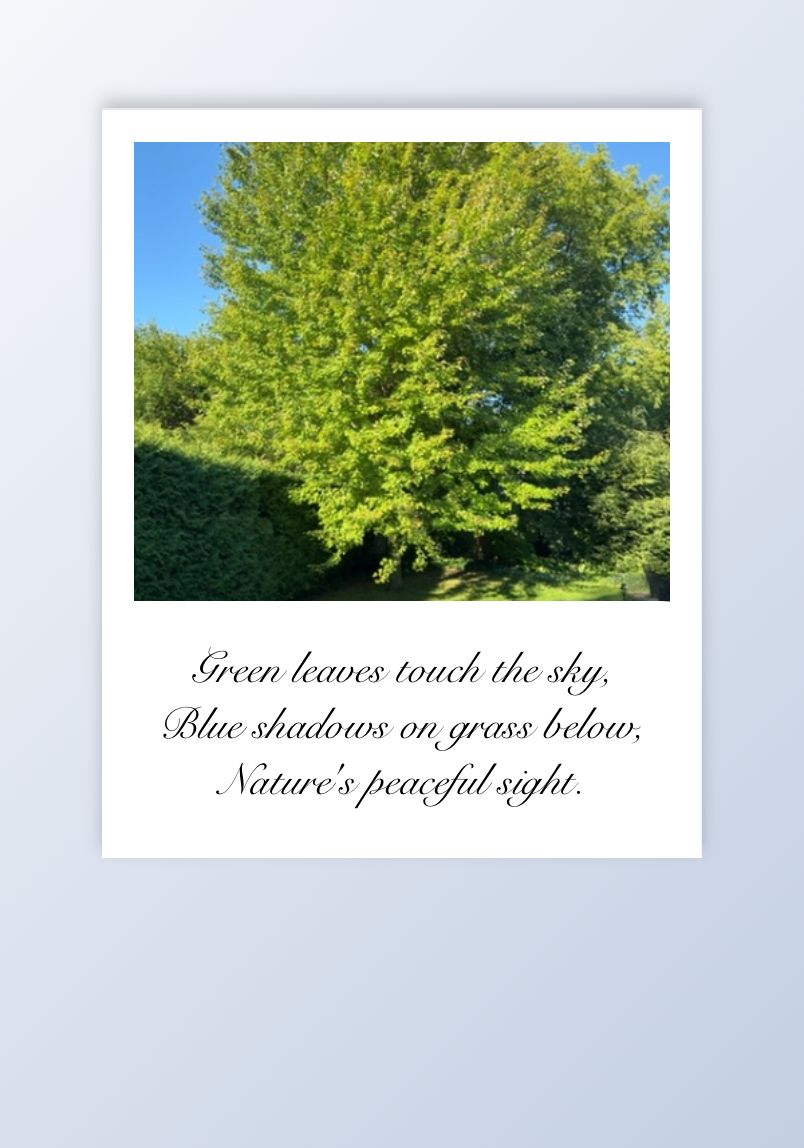Take a photo. Shake your phone. A haiku “develops” on a Polaroid-style frame. Built in Gizmo as a quick AI × writing experiment.
What it is Haiku camera is a tiny tool that turns photos into Polaroids with a poem on the border. It’s playful, fast, and a little nostalgic.
How it works
- Snap a photo in the app.
- Shake your phone to “develop” the film.
- A haiku appears on the frame, tuned to the image’s vibe.
Why I’m building things like this I’m exploring the edge where AI meets writing. Small, shippable prototypes help me:
- Test how language feels when it’s generated in context.
- Find constraints that lead to better voice and tone.
- Turn abstract ideas about “AI and words” into hands-on experiences.
Design constraints I used
- The poem must be a haiku (5–7–5). Constraint breeds style.
- The language stays simple, concrete, and human.
- The “shake to develop” gesture gates the reveal—play drives delight.
- No instructions on the first screen. The product explains itself.
What I learned
- Physical gestures add meaning. The shake creates a beat; the poem lands stronger after a pause.
- Short form invites care. When you only get 17 syllables, every word earns its spot.
- Voice depends on context. The same model feels more “human” when tied to a clear frame and ritual.
Why this matters for AI + writing Most AI features are utilities. That’s fine. But the best product writing also carries emotion and timing. Pairing generation with a clear constraint (haiku) and a tiny ritual (shake) makes the output feel authored instead of dumped.
What’s next
- Add a few themed “film stocks” that shape tone (gentle, wry, punchy).
Try it Want to play with it? Find it on Gizmo. If you have feedback or a favourite frame, I’d love to hear it.
